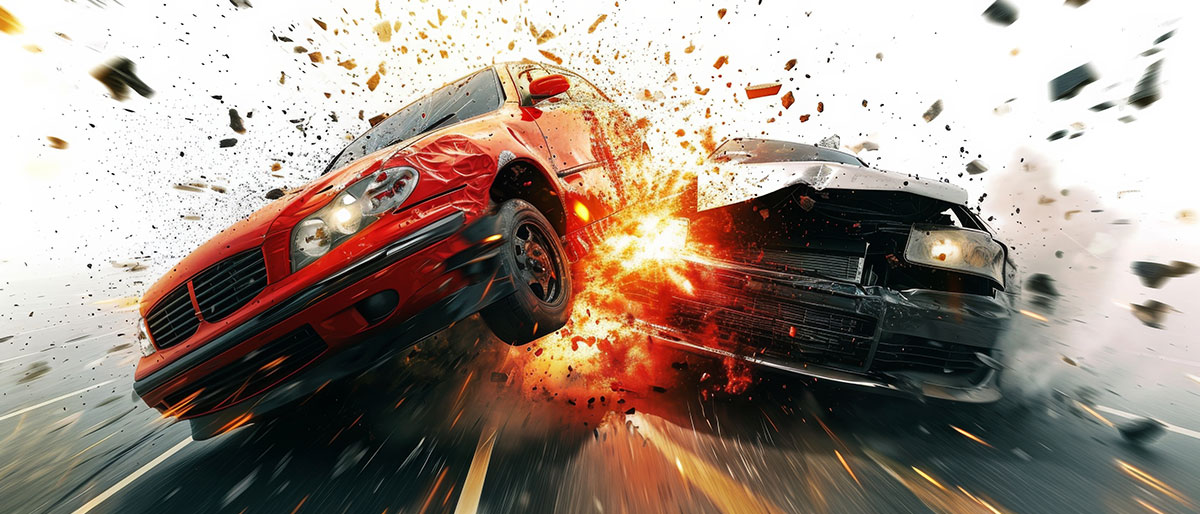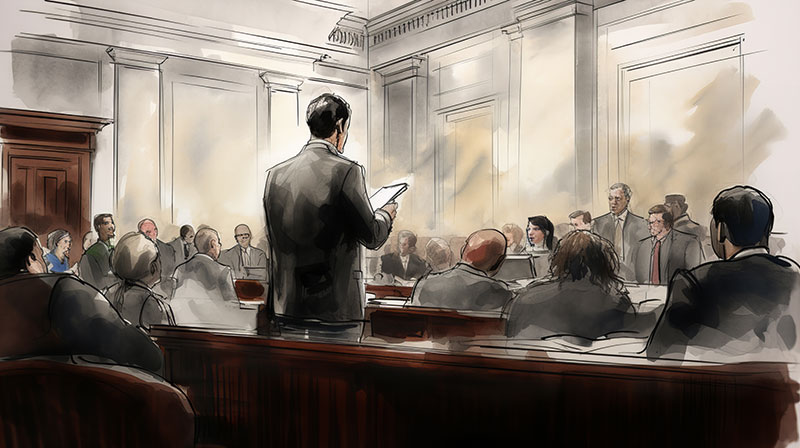oil & gas animation
While Disney's films remained unparalleled in terms of success, various nations established their own animation industries which produced a diverse range of short and full-length theatrical animations, often incorporating stop motion and cutout animation techniques. For instance, Russia's Soyuzmultfilm animation studio, established in 1936, maintained an average production rate of 20 films per year, including shorts, and by the year 2018 had amassed a total of 1,582 titles. Besides Japan, other countries such as China, Czechoslovakia / Czech Republic, Italy, France, and Belgium also occasionally released feature films. Japan, on the other hand, emerged as a dominant force in animation production, developing its own distinctive and influential anime style characterized by effective limited animation.
Animation can also encompass the motion of image components through basic machinery, such as the shifting of images in magic lantern presentations. The historical practice of manipulating three-dimensional puppets and objects to imitate living entities through mechanical means is closely tied to animation as well. Disney popularized the concept of electronic automata by introducing animatronics.
By the onset of the 21st century, the conventional cel animation procedure had become outdated. Presently, animators either scan their drawings and backgrounds into a computer system or create them directly within it. Different software applications are employed to add color to the illustrations and replicate camera motion and visual enhancements. The ultimate animated creation is then exported onto numerous delivery platforms, ranging from conventional 35 mm film to contemporary mediums utilizing digital video. The original appearance of traditional cel animation has been maintained, and the core tasks of character animators have stayed consistent for almost a century. Certain animation creators have coined the term "tradigital" (a fusion of traditional and digital) to depict cel animation that incorporates substantial computer technology.



